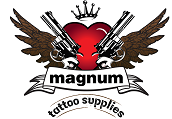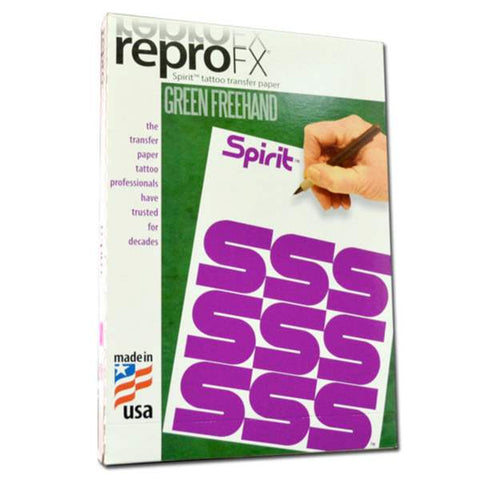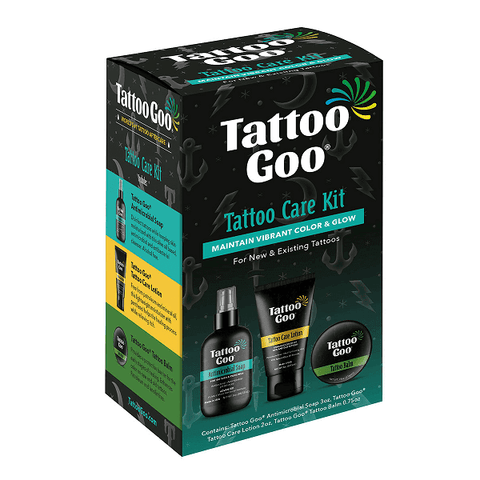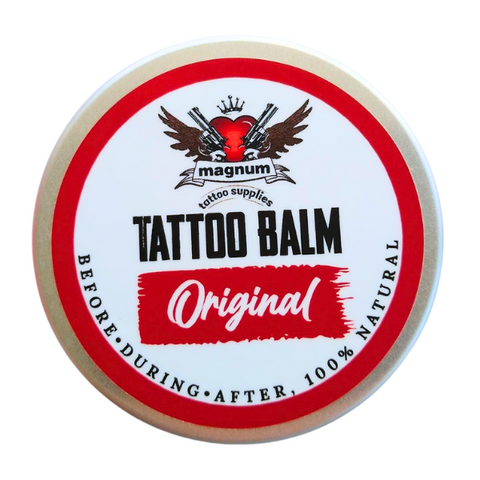Emergency preparedness in tattoo studios
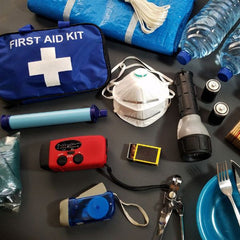
Despite the focus on hygiene and precision in tattoo studios, emergency preparedness is often overlooked. This gap can lead to serious consequences during unexpected events like fires, medical emergencies, or natural disasters. The lack of a solid emergency plan can result in injuries, legal issues, and financial losses.
So, we will highlight the crucial need for tattoo studios to develop comprehensive emergency responses to keep the safety of both clients and staff.
Why do tattoo artists need first-aid training?

First aid training is incredibly beneficial for tattoo artists for several key reasons:
- Emergency preparedness: Tattoo artists work with tools and substances that pose potential risks, including needles and inks. Proper first aid training prepares them to effectively handle unexpected situations such as needlestick injuries, allergic reactions, or excessive bleeding. This knowledge is crucial for ensuring a quick and appropriate response to accidents, which can prevent complications and promote faster recovery.
- Enhancing client safety: By knowing how to manage minor injuries or health issues like fainting or nausea during tattooing, artists can ensure a safer and more comfortable experience for their clients. This helps in immediate care and enhances client trust and satisfaction.
- Infection prevention: Since tattooing involves skin penetration, there's a heightened risk of infections. First aid training teaches tattoo artists about hygiene practices, proper wound care, and the importance of using sterilised equipment, which are critical in preventing infections.
- Dealing with allergic reactions: Clients may not be aware of their sensitivities to certain tattoo inks or other materials used. Tattoo artists trained in first aid can quickly identify signs of an allergic reaction and take necessary steps to mitigate any adverse effects, including halting the tattoo process and administering first aid.
- Effective communication with emergency services: In severe cases, such as when a client experiences a serious allergic reaction or significant blood loss, a first aid-trained tattoo artist can efficiently communicate the necessary details to emergency responders, ensuring that the client receives appropriate and timely medical care.
- Workplace safety: First aid training is also about maintaining a safe working environment. Tattoo artists learn about correctly disposing of needles and other sharp objects, reducing the risk of accidental cuts or punctures. This training includes protocols for preventing cross-contamination, thus protecting the client and the artist from potential health hazards.
First aid training for tattoo artists

Infection Control Training
Tattoo artists work with needles and skin, which means they risk spreading or contracting infections if proper protocols aren't followed. First aid training helps them learn about sterilisation, the use of personal protective equipment (PPE), and proper hygiene practices.
Handling Bloodborne Pathogens Training
Since tattooing involves piercing the skin, there's a potential for exposure to bloodborne pathogens like hepatitis and HIV. Training in this area educates artists on how to handle equipment and biological waste safely and how to minimise the risk of transmission.
Emergency Response Training
Tattoo artists can encounter various emergencies, such as allergic reactions to ink, fainting spells, or even cardiac events while clients are in their chairs. First aid training equips them with the first aid skills to respond effectively in these situations, providing care until professional medical help can be accessed.
Wound Care Training
Understanding how to manage minor injuries that might occur during the tattooing process, such as accidental cuts or punctures, is another crucial aspect of first aid training.
CPR Certification
Many first aid courses include CPR (cardiopulmonary resuscitation) training, which is vital in life-threatening situations like heart attacks or severe allergic reactions where breathing may be impaired.
How to prepare for medical emergencies during tattoo sessions

Preparing for medical emergencies during tattoo sessions is crucial for your and your client's safety. Here are some guidelines to help you be prepared:
- First aid and CPR training: You should be certified in first aid and CPR. These courses teach you how to respond to emergencies like allergic reactions, choking, or cardiac arrest. Regularly renew your certification to stay updated on the latest techniques.
- Emergency action plan: Develop an emergency action plan specific to your studio. This plan should include steps on handling various types of emergencies, emergency contact numbers, and the nearest medical facilities. Ensure all staff are familiar with this plan.
- Medical history forms: Before starting a tattoo, have your clients complete medical history forms. These forms should inquire about allergies, skin conditions, medical conditions, medications, and prior reactions to tattoos or anaesthesia. This information can help you anticipate and avoid potential medical issues.
- Emergency supplies: Keep a well-stocked first aid kit in your studio. This should include bandages, antiseptics, sterile gloves, epinephrine auto-injectors (if permitted), and a barrier device for CPR. Check your kit regularly and replace any used or expired items.
- Clear signage: Post clear signs in your studio indicating where first aid kits and emergency exits are located. Include instructions for calling emergency services.
- Regular equipment checks: Ensure all your tattoo equipment is working well. Poorly maintained equipment can cause injuries or infections.
- Stay informed about allergens: Know the ingredients in the inks and other materials you use. Some clients might be allergic to certain compounds found in tattoo inks.
- Hygiene and cleanliness: Maintain high hygiene standards to prevent infections. Use disposable gloves, sterilise equipment properly, and keep your workspace clean.
- Client preparation: Inform clients about what to expect during and after getting a tattoo. Advise them to eat well before the session to prevent dizziness or fainting and to stay hydrated.
- Continuous monitoring: Monitor your client's physical and emotional state during the session. Some might experience shock or fainting, particularly during long sessions or when tattooing sensitive areas.
- Training for all staff: If you have staff, ensure everyone is trained in handling emergencies. They should know how to use the first aid kit, recognise signs of distress in clients, and know the emergency action plan.
- Legal compliance: Familiarise yourself with local health regulations and ensure your practices comply with these standards to avoid legal issues and ensure client safety.
Final thoughts
Effective emergency preparedness in tattoo studios is essential for safeguarding clients, artists, and the business itself. Investing in proper training, equipment, and protocols not only prevents potential disasters but also boosts the studio's reputation for safety and professionalism.
Ultimately, being well-prepared is a key part of providing excellent service and maintaining trust in the tattooing community.
- Mark Joshua Luz
